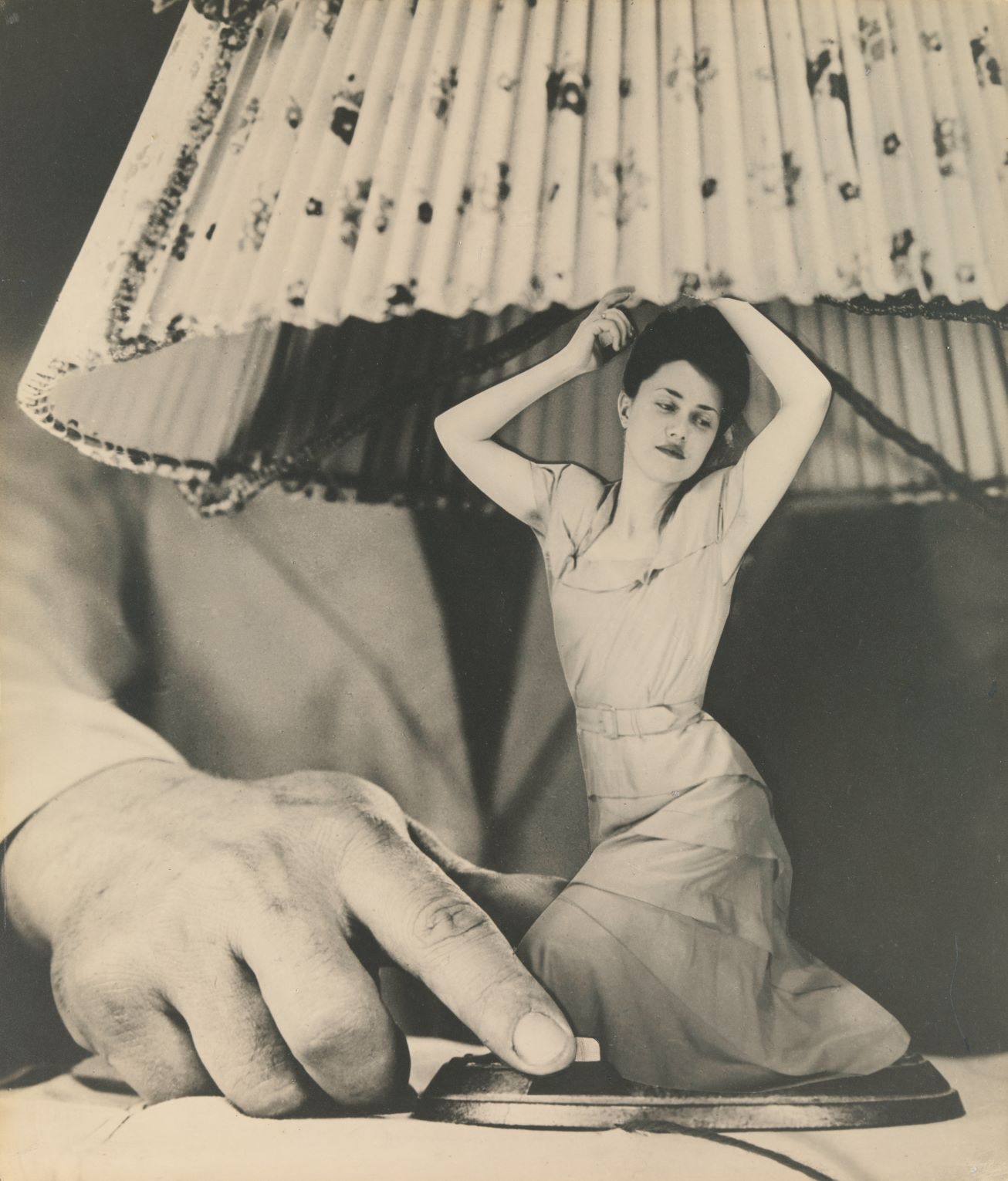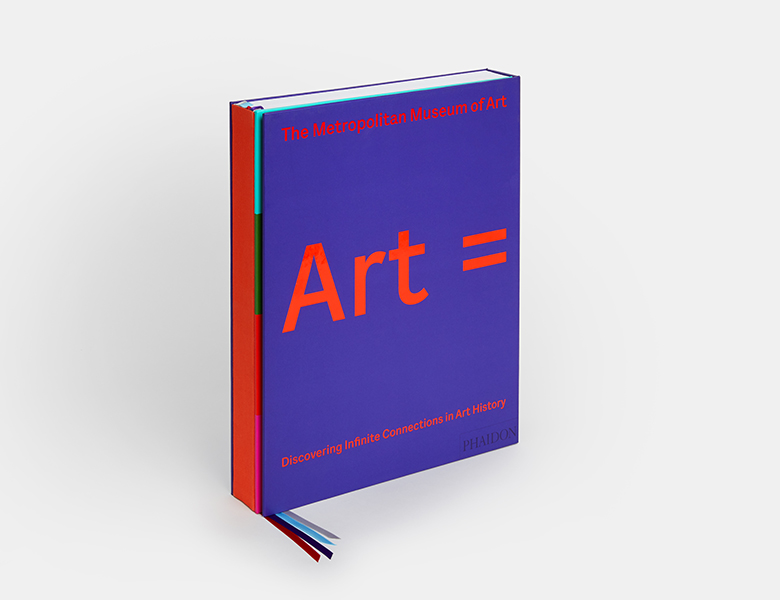
Art = Rebellion
Our new book Art = doesn’t just explore 6,000 years of art history via 800 works from The Met’s collection. Its glossary is also filled with fascinating facts and connections. In the first of a new series, we locate the rebellious streak at the heart of so many art movements
There are always new, satisfying ways of looking at classic works of art. Our new book, Art = offers a fresh and unconventional approach to exploring 6,000 years of art history through 800 masterpieces from The Metropolitan Museum of Art's collection. This ground breaking book — organised by thematic keywords — gives readers fresh, unconventional ways of engaging with visual culture; across these beautifully illustrated pages, you can find unexpected links between, say, a Surrealist photograph and a Tang dynasty hand scroll.
However, there’s more to the book than these juxtapositions. In a new series, we’re looking at how the book guides us through some of the pivotal techniques, locations, eras, schools and movements. Its bite-sized overviews bring to light a series of surprising discoveries. Read on to learn how rebellion has remained a constant source of artistic renewal, throughout the ages.
Art Nouveau French for “new art,” Art Nouveau was a rejection of Classicism in favour of an aesthetic based on the natural world, characterized by asymmetry and flowing, organic forms. Most popular between 1890 and 1910, the style developed out of the Arts and Crafts Movement, with its emphasis on craftsmanship, and the Aesthetic movement, with its belief in “art for art’s sake.”
Arts and Crafts Movement A movement in art and design that emerged during the late Victorian period in Britain, where anxieties about industrialization fueled a nostalgia for handcraftsmanship and pre-capitalist forms of production, looking in particular to the styles of medieval art. The American Arts and Crafts Movement was closely aligned with the work of British artist, designer, and socialist William Morris, whose artistic approach emphasized motifs from nature, bold patterns, and simplicity of form.
Cubism Cubism originated in France and became a global avant-garde phenomenon from the late 1900s to the 1920s. Closely connected to the artists Pablo Picasso and Georges Braques, the style is characterized by the fracturing of images, the simplification of form to its essential geometric elements, and the use of multiple perspectives.
Dada Founded in Zürich in 1916, Dada was an anti-rational art movement formed in response to the horrors of the First World War. Rejecting artistic conventions, the Dadaists used performance, irony, and humour to subvert societal norms and shock the establishment. Many independent Dada groups were later set up in other European and American cities. Dada works would find a legacy in Surrealism.
Fauvism Les Fauves (French for “wild beasts”) were a group of predominantly French early twentieth-century painters whose work was characterized by strident, non-naturalistic colours, loose compositions, and rough, spontaneous brush strokes. Fauvism broke with Impressionism in its attempt to depict the individual artist’s personal sensations rather than to create an impression of the external world. While the group only lasted a few years (1905–08), the style continued beyond 1910.
Impressionism Beginning in France around 1860, Impressionism was a radical movement in its time and was at the forefront of European art until around 1900. The term was initially used derisively after the first exhibition of independent artists in Paris in 1874, when critics seized on Impression, Sunrise by Claude Monet as exemplifying the group’s “unfinished’ style.” By 1877 the artists had adopted the term for their exhibitions. Typically, Impressionist artworks depict landscapes, seascapes, or scenes of daily life, often painted en plein-air (on location rather than in the studio).
Neoclassicism Neoclassical art rejected the artistic excesses of the preceding Baroque and Rococo periods, and embraced the rediscovery of the ancient Roman towns of Herculaneum and Pompeii in 1738 and 1748. It is characterized stylistically by a revival of the elegant simplicity of Classical art, design, and architecture; it was most popular in Europe and North America between around 1750 and 1830.
Pop Art British artist Richard Hamilton coined the term “Pop art” in 1957 to describe art drawn from the imagery of popular culture. The movement emerged independently in the United States and Britain. It repudiated the emotional intensity of Abstract Expressionism and promoted an artistic relationship with banal, everyday subject matter such as Hollywood movies, advertising, product packaging, and comic books.
Rococo Rococo is one of the great international ornamental styles of the eighteenth century. In its departure from classical order and symmetry, Rococo scorned the rule and compass in favour of ornamental and naturalistic embellishment. The style originated in Italy, and flourished in France beginning in the 1730s, in England in the 1740s, and in America in the 1750s.
Romanticism In the late eighteenth and early nineteenth century, the Romantic movement in art, music, and literature celebrated spontaneity, emotion, and individual expression in a reaction against the social and political norms of the Age of Enlightenment and the rationality of Neoclassicism. Social and technological advances introduced a new sense of place, and Romantic painters created landscapes, history paintings, and scenes of everyday life that reflected their changed world.
Surrealism Surrealism was a worldwide artistic and literary movement prominent in the 1920s and 1930s in Europe, the United States, and Latin America. Its followers embraced rebellion and transformation in their attempts to explore the unconscious and subconscious mind. Experimentation was fundamental, and dreams and chance were frequently incorporated into works as a way of exploring realities blocked by the conscious, tangible world.
Symbolism Reacting against both Realism and Impressionism, late nineteenth-century Symbolists wanted to imbue their work with emotions and ideas in an attempt to explore the human psyche. Many Symbolist artists believed that another plane of reality lay beyond the visible world, emphasizing the idea over the physical, and subjectivity over objective reality. Their suggestive imagery included works addressing the pervasive themes: of love, fear, anguish, death, sexual awakening, and unrequited desire.

For more beautiful images and deep insight, get a copy of Art = here, and discover infinite connections in art history you never knew existed.